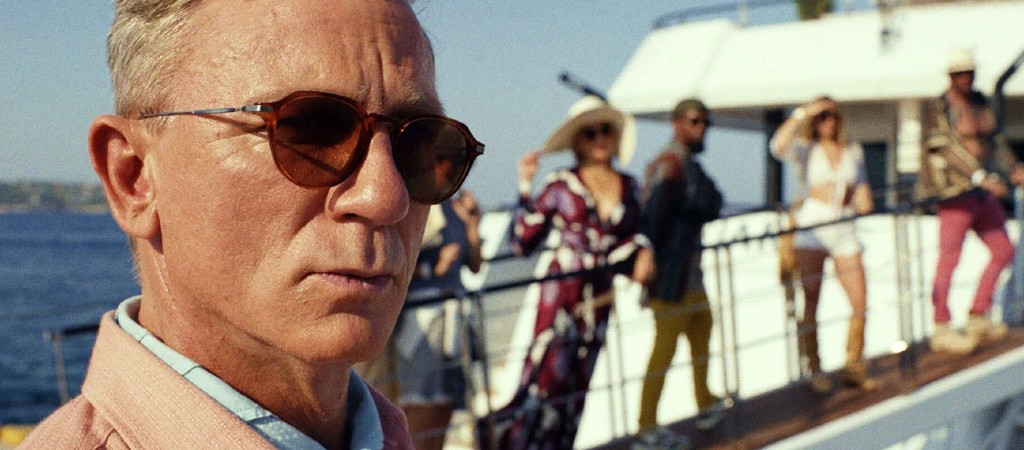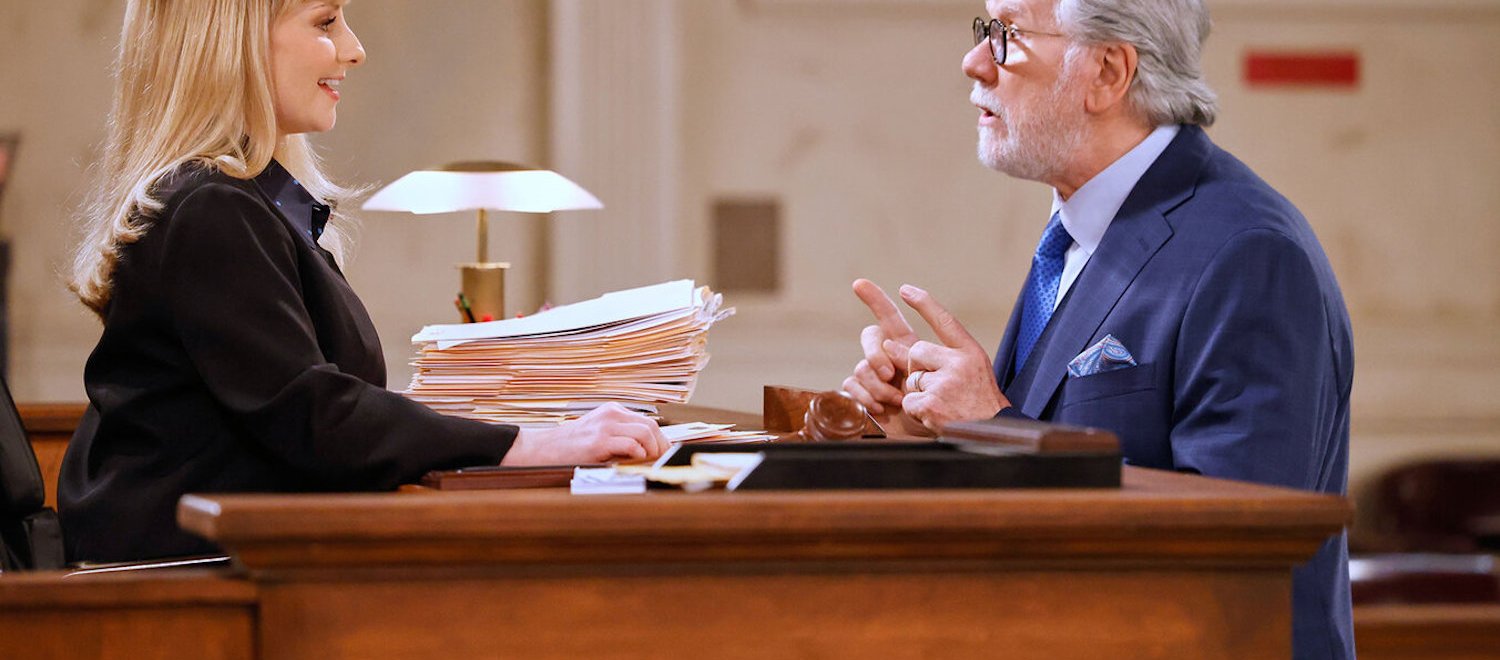
Do we need an excuse to talk about the career of Paul McCartney? Is it enough to say that he’s (probably? likely? unquestionably?) the most beloved living musician on the planet right now? How about this: 2023 marks the 60th (!) anniversary of his first No. 1 hit (in the U.K.) with The Beatles.
I think we have our excuse! Consider the following: Paul McCartney has been playing in stadiums since 1965. That means he’s been a stadium rocker for longer than most stadiums have existed. His career spans 12 American presidents — one was assassinated, one resigned, and two were impeached. But Paul kept chugging along. He helped to make the album the defining format of popular music, and has stuck around through vinyl, 8-tracks, cassettes, CDs, MP3s, and Spotify. No matter the format, he keeps on making hits. Three years ago, he put out his most recent solo LP, McCartney III, and it topped the charts in the U.K. and went to no. 2 in the U.S.
What’s strange about Paul McCartney is that while he’s a superstar, a lot of his work remains under-discussed. Who remembers Press To Play? London Town? Back To The Egg? There are whole swaths of his catalog just waiting to be re-evaluated and, perhaps, rescued from relative obscurity.
The wait is over! It’s time to walk that long and winding road through Macca’s solo discography in order to take stock of the highs, the lows, the Ram‘s, and the Kisses On The Bottom’s.
Quick accounting: I’m counting records credited to Wings and Paul and Linda McCartney as Paul solo records. I am not counting live albums or the classical stuff like Liverpool Oratorio — I don’t feel like writing about that stuff, and you probably don’t feel like reading it.
Now: Let’s rank!
26. Wild Life (1971)
While preparing to write this column, I finally watched McCartney 3,2,1, a Hulu miniseries in which Macca tells old war stories from his illustrious career to a perpetually amazed Rick Rubin. I avoided the show when it premiered in 2021 because I figured that Paul would recycle the same tales I already know by heart. And that’s pretty much exactly what he does — we hear the one about John writing “Dear Prudence” in India for Mia Farrow’s sister and the other one about young Paul riding the bus with young George and the other other one about how Paul formulated the Sgt. Pepper concept as a way for The Beatles to perform incognito at the height of their fame. Somehow, Rick does not seem to know any of this stuff — he just sits there cross-legged in his shorts and bare feet like the one Beatles fan who hasn’t watched Anthology five times.
I should be annoyed by this, I thought. But I was not. Against all odds, Paul had once again touched my own inner innocently cross-legged Rick Rubin! And this was hardly surprising, because The Beatles saga is the modern rock fairy tale, the one bedtime story we never get sick of hearing. They meet in Liverpool, they go to Hamburg, they go to London, they go to America, they go to the rest of the world, they return to London, they rip themselves apart, they live on forever — tell it to us again, Uncle Paul!
Paul knows what we want, and he likes giving it to us. Had they lived, John and George might have balked at rehashing The Beatles fairy tale into their 80s, but not Paul. That is why we love him.
Nevertheless, the manna of Beatles nostalgia can be a little too sticky sweet without a bitter chaser. For Paul, that chaser is a 1986 interview with Q magazine. I recommend looking it up if all you know is the so-called “Fab Macca Wacky Thumbs Aloft” — as the British music magazine Smash Hits once dubbed him — character Paul McCartney plays in public now. This Paul is not fab. He is not wacky. If Rick Rubin encountered this Paul, he would immediately feel compelled to mournfully don pants.
Paul at the time was at a low ebb. He was promoting Press To Play, one of his worst regarded albums. (Unfairly! But we’ll get to that later.) His former friend and collaborator Michael Jackson had recently absconded with the rights to The Beatles catalog. And he was still feeling the effects of being severely diminished in the music press in the wake of John Lennon’s murder, a turn of events that he once angrily described as transforming his partner and rival into a “Martin Luther Lennon” martyr.
Paul’s rage about all of this is barely contained in the interview. It’s McCartney Remembers, an exorcism of resentments, complaints, and unacknowledged slights. He talks about being hurt by bad reviews. He muses that he grew a beard in the late ’60s as a way to hide from the world after he was forced to sue the other Beatles over their misguided managerial relationship with notorious huckster Allen Klein. And then he says the most revealing thing I’ve ever read in a McCartney interview.
He’s talking about how the other Beatles eventually came around to his way of thinking regarding Klein, and saw their shady manager for what he was. “But again, John turned it round,” Paul fumes. “He said, ‘But you’re always right, aren’t you?’”
You’re always right, aren’t you? John hit upon what makes Paul great, and also what makes him hateable. You’re always right, aren’t you? is the key to understanding his passive-aggressive personality, and it illuminates the catalyst for his work as an artist. It explains everything about McCartney, including the thinking behind his single worst record.
Wild Life is the work of a man who has been chastised for always being right, and as a reaction he is now going to make the most wrong record of his life. He will form a new band and make his wife the keyboard player, even though she’s a photographer who’s not particularly interested in playing keyboards. He will perform songs with titles like “Bip Bop” and “Mumbo” that sound like they were written after they were recorded. He will use mostly first takes. He will address the guy who said you’re always right, aren’t you in a six-minute, near-unlistenable dirge and half-sarcastically call it “Dear Friend.”
It will be bad, but it will also be successful, because it’s bad on purpose. Because when you’re always right, you can decide to suck on principle.
25. Give My Regards To Broad Street (1984)
Let me be clear: Putting Wild Life last on this list is a compliment to Wild Life. It’s where Paul would have wanted it. Also, I’m more likely to play that one than the next several records on this list.
I like Wild Life because it’s the rare Macca album where he doesn’t care about the audience. That is not a normal state of being for the man. “All my life I’ve been trying to win a school prize or trying to do OK in an exam or trying to get a good job,” he told Esquire in 2015. “I’ve always been trying to do something where people go: you’re good.”
I believe it’s human nature that everybody, deep down, needs to hear the words “you’re good” on a regular basis. But among Paul’s boomer rock peers, actually admitting this in public is a sin against coolness. Bob Dylan, Joni Mitchell, Keith Richards, Lou Reed, Neil Young, David Bowie, John “Martin Luther” Lennon — none of those legends would ever dare confess that they’re trying “to win a school prize.” Paul wins no points for honesty. He might be relatable, but relatability can be pathetic in a rock god.
This off-putting tendency toward crowd-pleasing at all costs has overshadowed the stranger and more subversive aspects of his music. This was true even in the ’80s, the period when he was a constant target for slagging even as he was putting out some of his best solo records. (Yes, I said it. And I’ll prove it in a minute.)
Paul’s worst habit is that he’ll occasionally (or even often) confirm his critics’ bitchiest claims against him. Enter this record, a collection of re-done greatest hits plus the okay single “No More Lonely Nights,” which represents our hero at his lowest. The only semi-modern analogy I can make is Dave Grohl deciding around his 40th birthday to record “contemporary” versions of Nirvana songs. That’s essentially what Paul did here with The Beatles. And not even the eternally agreeable Ringo would not go along with it. For the star of Caveman, redoing “Good Day Sunshine” was an unbearable indignity.
Regarding the accompanying film, Roger Ebert had the best line: “Give My Regards to Broad Street is about as close as you can get to a nonmovie, and the parts that do try something are the worst.” The same applies to the soundtrack — it’s as close as you can get to a nonalbum.
24. Kisses On The Bottom (2012)
When I started reading rock magazines in the late ’80s, The Beatles’ hierarchy was clear: John was the saint, Ringo was the clown, George was the “dark horse” (i.e. the aficionado’s favorite), and Paul was the nice one … and the jerk.
This was but one part of what we’ll call The Paul Paradox. His alleged qualities and faults were contradictory and yet taken as gospel: He didn’t try hard enough, and he also tried way too hard. He had the most talent, and he was also the least accomplished. He was cunning and calculated, but also basic and dumb. That was the caricature. For some, it still is the caricature.
In retrospect, all of this seems grossly unfair. And the reporting that’s surfaced in places like Joe Hagan’s 2017 Jann Wenner bio Sticky Fingers suggests that rock’s original history writers were deliberate about stacking the decks against the “he’s always right” guy. But there is one criticism of McCartney, originated by Lennon, that lands every time — his proclivity for “granny music.”
“When I’m 64,” “Honey Pie,” “Ob-La-Di, Ob-La-Da,” “Maxwell’s Silver Hammer” — Macca’s unapologetic love for throwback schmalz was endemic from the late-period Beatles on. (Actually, it probably goes all the way back to Paul crooning “Till There Was You” on With The Beatles.) But Paul finally achieved peak granniness with this album, a standards collection so innocuous and corny it makes Rod Stewart’s American Songbook records sound like Harry Smith’s Anthology Of American Folk Music.
23. Off The Ground (1993)
For a guy widely considered to be the closest living equivalent to Beethoven, Paul sure has put out a lot of covers albums. I’m sure, if asked, that Paul would say that he likes playing other people’s songs because he adores music and there’s something pure about playing music you have loved since an early moment in your life. But I have my own theory, and it relates to the overriding fact of his post-Beatles career: It doesn’t “need” to exist.
Now, no art “needs” to exist. I know that. But for McCartney, nothing he has done since 1970 will be put be in the first paragraph of his obituary. This is not a statement about the quality of his post-1970 work. It is a statement about the quality of his pre-1970 work. It’s the inverse of the Christ story — in His case, nobody knows or cares about what he did before the age of 30. In Paul’s case, he mastered the art of rock songwriting by the time he turned 29. What do you do after that? The rest of your life is epilogue.
To his credit, Paul does not seem to look at this as a problem. He’s put out, on average, a new solo album every two years for a half-century. And almost all of it is very Paul — which is to say, catchy and tuneful to a degree that seems preternatural. Songwriters as respected and disparate as Bob Dylan and Taylor Swift have described Macca’s melodic sense as “effortless,” a tribute to his talent that also registers as a backhanded compliment. He’s brilliant, and his brilliance requires zero effort.
When it comes to Off The Ground, the epitome of a nice and forgettable McCartney album, the old Paul Paradox once again applies — he’s simultaneously working too hard (nobody needed a new Paul McCartney in 1993) and not hard enough (Off The Ground did not convince anyone that they needed a new Paul McCartney album in 1993).
22. Driving Rain (2001)
Marginally better than Off The Ground, despite the inclusion of two egregiously stupid songs — the title track, which adopts the nursery-rhyme model of “All Together Now” without the excuse of a Yellow Submarine movie; and the 9/11 anthem “Freedom,” where Paul pledges to George W. Bush that “he will fight for the right to live in freedom,” whatever that means. (He was so close to quoting the Beastie Boys, which might have salvaged the whole sorry operation.)
What almost redeems Driving Rain is the closing number, a surly 10-minute jam called “Rinse The Raindrops,” which suggests that Paul has heard Sonic Youth’s “Expressway To Your Skull” and that he briefly believed in the early aughts that he could be more Thurston Moore.
21. CHOBA B CCCP (1991)
20. Run Devil Run (1999)
Another revealing quote from that 1986 Q magazine interview: “John was lucky. He got all his hurt out. I’m a different sort of a personality. There’s still a lot inside me that’s trying to work it out.”
Of his two ’50s oldies covers albums, Run Devil Run gets the nod because it was Paul working out his grief over the 1998 death of his wife, Linda. She was the one who assured him “you’re good” in ways John or the other Beatles didn’t, wouldn’t, or couldn’t. She was his muse and north star. But he couldn’t write about that directly so soon after losing her. It was better to pour his heart into an ancient 1958 skiffle hit and cry out “I don’t want no other baby but you” like he was still by her bedside.
Paul’s vulnerability is what elevates Run Devil Run, and it’s what makes his band — made up of ringers like David Gilmour and the drummer from Deep Purple — sound like a proper garage outfit and not like balding classic rockers.
19. McCartney III (2020)
One of the juiciest parts of Joe Hagan’s Jann Wenner bio pertains to the Rolling Stone founder’s anti-Macca bias, which goes all the way back to the first McCartney album. According to Hagan’s book, Wenner stepped in personally to make the review more negative, as he perceived McCartney as an attack on his pal John Lennon. (“This album is a weapon,” he supposedly told the magazine’s reviews editor Greil Marcus.) In the revised review, Rolling Stone declared the music on McCartney “distinctly second rate,” an impression that held for decades until younger generations embraced the record’s low-key, loopy charms.
As was the case for McCartney and the Empire Strikes Back of the trilogy, 1980’s McCartney II, McCartney III has an offhand, homespun quality that initially gave people like Wenner an excuse to rake him over the coals as a lazy hack. But by the time of McCartney III most Paul fans found this aspect of his work to be endearing. I am one of those people, which is why I like the song “Lavatory Lil,” the closest that Paul has come to writing a diss track since “Too Many People.”
I understand that a song called “Lavatory Lil” might not seem enticing, but I promise it improves considerably if you imagine that he’s singing about Wenner: “If you saw her coming at you, you could look the other way / But it isn’t easy when she’s rollin’ in the hay.” Rollin’ … like a stone, Macca?
18. Flaming Pie (1997)
Wenner’s most egregious slight against McCartney came in the ’90s. Jann asked Paul to induct John Lennon into the Rock ‘n’ Roll Hall Of Fame as a solo artist on the condition that Paul would make it the following year. Now, you wouldn’t think that inducting Paul McCartney into the Rock Hall in the first year of his solo eligibility would require a shady backroom deal. Of all the Beatles, there’s no question who has had the most successful and prolific solo career. But not only did Wenner strong arm McCartney, he didn’t even live up to his end of the deal — Paul wasn’t inducted until 1999, after the person who most wanted him in, Linda, had died.
In Hagan’s book, Paul says he phoned Wenner and called him a “fucking bastard.” Imagine Paul McCartney, of all humans, calling you a fucking bastard! In this case, it was warranted.
I suspect Paul’s momentum at the time was helped by this album, which many critics considered his best in many years. In 1997, it was the latest example of a recurring motif in Paul’s career: The “He’s Trying This Time” record, a distinction that also applies to Band On The Run, Tug Of War, Flowers In The Dirt, and — post-Flaming Pie — Chaos And Creation In The Backyard.
Paul helped this narrative along by telling interviewers he was inspired to step his game up by the recent Beatles Anthology. And it worked: Flaming Pie was nominated for an Album Of The Year Grammy, along with OK Computer and Time Out Of Mind. (Paul eventually lost to Bob.) But Flaming Pie only resembles Anthology in that Jeff Lynne did his Jeff Lynne thing to much of the record; it’s an album for people who think “Free As A Bird” is the greatest Beatles tune of all time.
That said, while much of Flaming Pie sounds overworked, the closing track “Great Day” is one of the five best McCartney tunes of the last 30 years, proving Paul can spin out yet another perfect backyard acoustic ditty in a manner that feels, well, effortless.
17. Memory Almost Full (2007)
Here’s another Paul Paradox: He’s notorious for working very hard, and also for smoking a ton of weed. Presumably, all the weed smoking is what makes him work so hard — plowing through a titanic rock star buzz and functioning on a coherent cognitive level isn’t easy.
For instance, on this record Paul plays all the instruments, just as he did on McCartney , McCartney II, and the album before this one, Chaos And Creation In The Backyard. And he put in all that effort in the service of bonkers tunes like “Nod Your Head,” a two-minute slice of noisy bombast that sounds like Pavement doing a parody of Muse’s Black Holes And Revelations, except not quite as amazing as that description sounds.
When this album came out, I was smoking more bud than I ever have in my life, before or since. And “Nod Your Head” sounded incredible, as did the suite-like, Abbey Road-esque collection of song fragments that make up the back half of the record. (In my review, I fixated a bit too much on Paul partnering with Starbucks’ music label, and utilized several coffee-related puns that I’m sure were hilarious when I was baked.) But now that I only occasionally indulge in edibles, Memory Almost Full sounds the 17th best Paul McCartney record.
16. New (2013)
Starting with Nigel Godrich on Chaos And Creation In The Backyard, Paul has favored young, hot shot producers who are hired, theoretically, to update his sound. But the irony is that the young hot shots always want to make records that sound like Ram (or at least Venus And Mars). That was true of even this album, in which Giles Martin corralled a coterie of fresh-faced hit makers — including Mark Ronson, Paul Epworth, and Ethan Johns — who were apparently only interested in doing some Wings circa 1973 cosplay.
As for Paul, the old-man cragginess that slowly crept into his voice in the early 21st century was now impossible to hide. To his credit, he found a way to make it work for him on the nostalgic “Early Days,” in which he strains poignantly to hit the high notes while reminiscing about his pre-fame youth. “I live through those early days / So many times I had to change the pain to laughter / Just to keep from getting crazed.”
15. Egypt Station (2018)
Speaking of getting crazed: This is the one with “Fuh You.” Which tells you how good the rest of the album must be to warrant a placement this high. (Of all his artistic crimes against humanity, co-writing a top 1 percent stupid Paul McCartney song might be the worst for OneRepublic’s Ryan Tedder.) Elsewhere, Paul claims in “Happy With You” that he “used to get wasted / but these days I don’t,” which makes the decision to record “Fuh You” even harder to understand. (I’d like to think that weed was partly to blame rather than 100 percent unbridled old-man horniness.)
As per usual, what salvages Egypt Station is Paul’s good-hearted purity, like when he assures the listener in “Who Cares” that Paul is your BFF despite “what the idiots say.” And then there is his undiminished talent for stringing together incomplete song ideas into suites that cohere because Paul says they cohere, which he does once again with the album-closing “Hunt You Down/Naked/C-Link.”
14. Back To The Egg (1979)
Upon release, this album had a terrible reputation among critics. Rolling Stone called it “the sorriest grab bag of dreck in recent memory,” which is incredible given how many other sorry grab bags of dreck were released by record companies at the time. For instance, the disastrous soundtrack to the Sgt. Pepper’s Lonely Hearts Club Band movie with Peter Frampton and the Bee Gees came out not even a full year prior. Surely actual Macca was not being put on the same level of faux Macca in the late ’70s?
Back To The Egg took another hit when Wings went on tour, and Paul was busted and jailed for nine days in Japan for possession of marijuana, a turn of events that further emboldened music writers who felt that he was a soft-headed man child whose genius had been diluted over time by 100 million bong rips.
Back To The Egg has since earned a reputation as an underrated sorta-classic among hardcore Paul heads. I can’t fully endorse that perspective, but this is certainly better than the “sorriest grab bag of dreck” dismissals it garnered in 1979. While the songs aren’t especially memorable — save for “Arrow Through Me,” a slice of mellow funk in which Paul works the clavinet with a suave touch — I really like how chunky this album sounds. It’s like Paul heard Electric Light Orchestra’s Out Of The Blue and Cheap Trick’s Heaven Tonight and decided to make an album that people can put on and enjoy for 20 minutes before eventually returning to those other records.
13. Pipes Of Peace (1983)
John Lennon completed him creatively, and Linda sustained him romantically. But the partner who really broke our hero’s heart was Michael Jackson. According to legend, Michael called Paul up at Christmas in the early ’80s and asked in a little voice, “Do you want to make some hits?” This is like asking Hugh Hefner, “Would you like to meet a buxom blonde woman 1/6th your age?” Of course Paul said, “Hell yeah.”
For a while it worked — Paul pitched in on the most ridiculous song from Thriller, “The Girl Is Mine,” and MJ returned the favor by appearing on Paul’s album and duetting on “Say Say Say” and the superior “The Man.” And then Michael stabbed Paul in the back by acquiring the rights to The Beatles’ catalog.
I prefer to dwell on happier times via Pipes Of Peace, an album I can’t judge impartially because it’s such a big part of my early childhood. Intellectually, I understand that this is basically a rehash of the superior Tug Of War from one year prior. But in my heart, Pipes Of Peace solidly belongs in the top half of Macca records.
Because my dad played it constantly in the car, I probably regard “So Bad” more highly than I should. Then again, “So Bad” is pretty delectable early ’80s soft-rock cheese — Paul sings so high that I’m partly convinced that Olivia Newton-John did a top secret cameo on the track. The number of yuppies who made out to this song after putting the kids to bed is incalculable.
12. London Town (1978)
The source of “Girlfriend,” the original McCartney-MJ pairing, which sounds even wimpier here than it does on Off The Wall. No matter — the wimpiness of London Town is a feature, not a bug. This is the yacht-rockiest album in the Macca canon, and not only because it was recorded on an actual yacht. Always one to keep up with the times, Paul backed away from the arena-rock sound of his mid-’70s records and went full-on smooth. The synth-addled bounce of the album’s biggest hit, “With A Little Luck,” typifies London Town‘s heavily sedated cheeriness. (It’s the best Air Supply album that Air Supply never made.)
Not that the softness helped the record commercially — its relative failure expedited the end of Wings, yet another band Paul could not hold together at the end of a decade. Though the demise of this band must have been doubly galling; it’s one thing for John and George to want solo careers, but did Joe English really have anything better to do?
11. Tug Of War (1982)
Paul had a parallel relationship with another Black pop superstar at the time of his MJ collaborations, foreshadowing the unions he unexpectedly forged decades later with Kanye West and Rihanna. But it’s his partnership with Stevie Wonder that was the strongest.
Yes, we all know that “Ebony And Ivory” is an embarrassment for both of these geniuses. But what about the lesser known Paul/Stevie duet from Tug Of War, the robo-funk tune with questionable sentence structure, “What’s That You’re Doing?” Killer song! Overall, Paul comes through with one of his very best “He’s Trying This Time” albums, helped by no less than his old homeboy George Martin. The winning “Take It Away” is one of his greatest post-Beatles singles, the John Lennon tribute (“Here Today”) manages to be half as maudlin as expected, and “Ballroom Dancing” is Paul doing his best Imperial Bedroom era Elvis Costello impersonation three months before Elvis actually put out Imperial Bedroom. But the most Macca-like track here has to be “Somebody Who Cares,” in which Paul reiterates the aforementioned platitude about how the greatest dad rocker of all time loves us as much as we love him.
10. Wings At The Speed Of Sound (1976)
The critical track here, we all know, is “Silly Love Songs.” The ultimate “meta” Macca standard, it’s a tune that generally is used by lazy headline writers to describe Paul’s essence in three easy words. But the true heads know that the lyrics here are relatively insignificant — as a thesis, “love isn’t silly at all” doesn’t exactly encourage deeper analysis.
What matters is Paul’s bass playing; as the kids say, he didn’t have to go this hard. But Paul always goes this hard, particularly when it’s in the guise of appearing to not go hard on a seemingly innocuous pop tune. In 2022, the release of the Revolver box set caused Beatles fanatics to go into bass-inspired conniptions over the outtake “Rain (Take 5 – Actual Speed),” in which Paul pours gasoline all over his Hofner and sets it ablaze while performing wild feats of fluid rhythm. But his playing on “Silly Love Songs” is even greater. It makes the case for Paul being an all-time great disco musician who never actually played disco. With all due respect to the immortal Bernard Edwards, you could have put Paul in Chic without losing a dance step.
9. Red Rose Speedway (1973)
In my book Twilight Of The Gods, I make the case that McCartney — more than any of his boomer rock peers — has benefitted from the revisionism that comes with future generations discovering his music and applying new, retrospective standards for quality. For his original fans, albums like Red Rose Speedway could only be considered abominations because those people had come up listening to The Beatles when they were teenagers in the ’60s. They were taking in Paul’s music in a linear fashion, which meant that he was locked in an unwinnable battle with a memory of what he used to be. But contemporary listeners don’t hear Paul that way. On Spotify, everything is nonlinear. Red Rose Speedway exists at the same time as Rubber Soul. This flattening of time has made his willfully amateurish work from the early ’70s — even Linda called this “a non-confident” record — feel more like a bold choice than a decline. On Red Rose Speedway, he’s not a washed-up Beatle, he’s a precursor to Stephen Malkmus, a lovable slacker upending the notions of “professional” rock music that his younger self helped to invent.
I acknowledge that the inclusion of “My Love” — Paul’s chalkiest hit, and his most blatant act of pop pandering — on this record might undermine my case. But I prefer to think of it as yet another Paul Paradox.
8. Chaos And Creation In The Backyard (2005)
On paper, pairing Paul with Radiohead’s producer seem like a mismatch. Of all the adjectives one could apply to his music, “Orwellian” isn’t one of them. Then again, there are worse ideas than a late-period McCartney record made up of mid-tempo numbers that kind of sound like “Karma Police.” As it turned out, Nigel Godrich was not interested in dragging Paul into a dystopian future. The M.O., it appears, was to make the melancholy post-Beatles break-up record that McCartney never got around to doing at the time.
McCartney later said — half-complaining — that Godrich pushed him to write the best possible songs, to the point of annoying his boss on occasion. (Few people on planet Earth in the past 60 years have had the testicular fortitude to tell Paul McCartney to his face, “This tune isn’t good enough.”) For Godrich, “the best possible songs” evoke a sweet spot perched between the Revolver era baroque pop of “For No One” and the India retreat folk of “Blackbird.” In places, Chaos And Creation In The Backyard sounds positively dour, one of the least likely of all McCartney vibes. But when Paul hits that mark — “Jenny Wren,” “Too Much Rain” — it’s hard to argue that he’s ever been better in the 21st century.
7. Press To Play (1986)
For years I avoided this album because I was told repeatedly that it sucked. But I am here to tell you that Press To Play has been wrongly accused of suckitude! It’s the most underrated record from his most underrated decade! Justice for ’80s Paul!
On the cover, Paul and Linda are presented in a throwback glamorous pose; they look like the latest in a long line of ’80s synth-pop duos, an older and wiser version of Yaz or Eurythmics. That image offers a hint for the best way to approach Press To Play — it’s Paul taking in the latest corps of English tunesmiths and challenging himself to beat them at their own game. The original dismissals of this album knocked Paul for making an “’80s sounding” record, but more than 35 years later that aesthetic is a strength. Co-producer Hugh Padgham had recently come off working with XTC and the Human League, and Press To Play sounds like an attempt by Paul to make his own “thinking man’s ’80s pop” record in the mold of those acts.
Sometimes this is literally true — “Angry” is Paul singing about the least Paul-like emotion while aping the mile-a-minute punk Beatle-isms of Black Sea. But on the album highlight “Talk More Talk,” Paul slips into this world with less self-consciousness, producing a song that would have caused critics to dub him “the new Paul McCartney” if it had been released by anybody else.
6. Venus And Mars (1975)
Unlike his initial post-Beatles solo albums, Venus And Mars was Paul making a straightforward and “professional” rock record. In the middle of the ’70s, he was competing against the era’s arena superstars — Elton, Queen, Led Zeppelin — and he made an album that could slot next to his new rivals on FM radio. This was no small achievement: A few weeks after this album dropped, he turned 34, already an old man by rock standards. By then, all of the other Beatles were in some form of professional retreat. But Paul wasn’t one to back down from a challenge, and he used this record as a springboard for his first world tour since the demise of The Beatles.
Almost all of these songs are on the triple live album Wings Across America, and they sound better there, even the dumb ones. (I’ll let you decide if I’m referring to “Magneto and Titanium Man” or “Spirits Of Ancient Egypt.”) But even the recorded versions present Paul and Wings at their brawniest. Not long after this, Paul finally cut off his Wings-era mullet, a sign that he was exiting his hockey hair jock jams era forever.
5. Flowers In The Dirt (1989)
Two caveats: One, I admit that I’m (possibly) overrating this, as the release of Flowers In The Dirt coincided with my pre-teen discovery of Sgt. Pepper and A Hard Day’s Night. Therefore, it feels in my mind like almost a Beatles album that happened to come out in 1989. This impression is aided by Paul making his most Beatles-sounding music since Ram – the single “My Brave Face” is Paul doing his take on Crowded House doing The Beatles for a burgeoning 1980s Gen X audience.
But it’s the presence of Elvis Costello that really distinguishes Flowers In The Dirt. The idea of pairing Paul with the most acerbic post-Beatles Liverpudlian singer-songwriter in order to gin up some Lennon/McCartney energy would be laughable if it hadn’t actually … kind of worked? Here comes my second caveat: I consider the “real” Flowers In The Dirt to be the expanded two-disc edition that came out in 2017, which includes a whole other album’s worth of demos recorded with Costello in an acoustic, two-man Everly Brothers-style guise that suits the material beautifully. I know that this edition is not technically the “actual” record, but the extra tracks so improve Flowers that pretending that perfect pop tunes like “Tommy’s Coming Home” don’t exist for list purposes is foolhardy.
4. McCartney (1970)
Whether you find this album charming or slight depends on your level of investment in the Macca mythos. Musically, it’s not all that different from Wild Life — he’s making a slight record on purpose. But if you’re into the mythos (and if you have read this far you most likely are) this album amounts to a fascinating peek behind a very exclusive column.
McCartney essentially is a Beatles Anthology record released in real time, with Paul barely working up several songs that were submitted and rejected during the Get Back sessions. At the same time, it’s as big of an anti-Beatles move as John Lennon’s Plastic Ono Band — whereas John rejected the “dream” by writing about it in his album’s point-blank and extremely literal lyrics, Paul did it by exposing himself in a more philosophical manner: “My band is over, here are the leftovers.” The Paul Paradox with McCartney is that it’s a low stakes record released during a high stakes period that feels both brave and like a complete cop out.
3. McCartney II (1980)
The ultimate “the boomers didn’t get it but their kids understand” McCartney album. Rolling Stone at the time called it “strident electronic junk music” made up of “aural doodles designed for the amusement of very young children.” Forty-two years later, in McCartney 3,2,1, Rick Rubin raved about how the album’s most gorgeous song, “Waterfalls,” has a “modern” melody. Paul frets about the fake strings, but Rick assures him that the fakeness adds to the modernity. He’s not wrong — “Waterfalls” is incomplete in the way a lot of music aspires to be now. It sounds like Frank Ocean’s Blonde. The “very young children” won.
Like the first McCartney, II came together in the wake of one of his bands falling apart. It was the summer of 1979 — a time when songs by Donna Summer and The Knack filled the air — and Paul retreated to his farm in Scotland in order to make his resin-coated version of Another Green World. The third Talking Heads album Fear Of Music dropped in August, and Paul apparently copped that and swiftly produced a really good “Life During Wartime” knock-off called “Coming Up.” Confident that he had his hit, he set about diddling with synths and drum machines and came up with the extraterrestrial soundscapes of “Front Parlour” and “Frozen Jap.” Somewhere along the way, he also dreamt up “Wonderful Christmastime,” which didn’t make the album but did live on to confound/delight holiday lovers for years to come.
I suspect Paul has deep affection for McCartney II. When I saw him in concert in 2016, he somehow sandwiched “Temporary Secretary” between dozens of Beatles hits, confounding 17,999 senior citizens and delighting me.
2. Band On The Run (1973)
Side 1 is the greatest album side in the McCartney canon. Two big hits (“Band On The Run” and “Jet”), his second best “bird” song (“Bluebird”), an absolutely sick bass workout (“Mrs. Vanderbilt”), and his most sublime makeout track (“Let Me Roll It”). Just perfection. Side 2 falls off slightly, even if you include “Helen Wheels,” which keeps it out of the No. 1 slot. I still love it, of course, especially the song that Paul pulled out of his ass because Dustin Hoffman dared him to write a deep cut on the spot. (Take a bow, “Picasso’s Last Words (Drink To Me).”)
Still, it’s strange that Paul went to Africa and even hung out with Fela Kuti and ended up making one of his least funky albums. Imagine if he had laid down “Silly Love Songs” in Lagos!
1. Ram (1971)
Feels very loose and yet all the songs are on point. There’s a ton of craft (“Back Seat Of My Car”) as well as moments that feel tossed off after a day of kicking shit off the boots at the farm (“Three Legs”). It sounds like a one-man Beatles record (“Ram On”), and yet it’s also a little too Paul to be a Beatles album (“Heart of The Country”). He writes passive-aggressively about being mad at John (“Too Many People”) and aggressive-aggressively about loving/lusting for Linda (“Eat At Home”). He sings like a choirboy (“Dear Boy”) and a human pig (“Monkberry Moon Delight”). He’s not afraid to be silly (“Uncle Albert/Admiral Halsey”) or ambitious (“Uncle Albert/Admiral Halsey”). The Platonic ideal of a Paul McCartney solo album.
Also worth noting: People didn’t even get Ram once upon a time. “A while ago, one of my nephews, Jay, said, ‘Ram‘s my all-time favorite album.’ I thought it was dead and gone, stinking over there in the dung pit,” Paul confessed to Rolling Stone in 2016. “So I listened to it. ‘Wow, I get what I was doing.’”
So do we, Paul. You’re good.

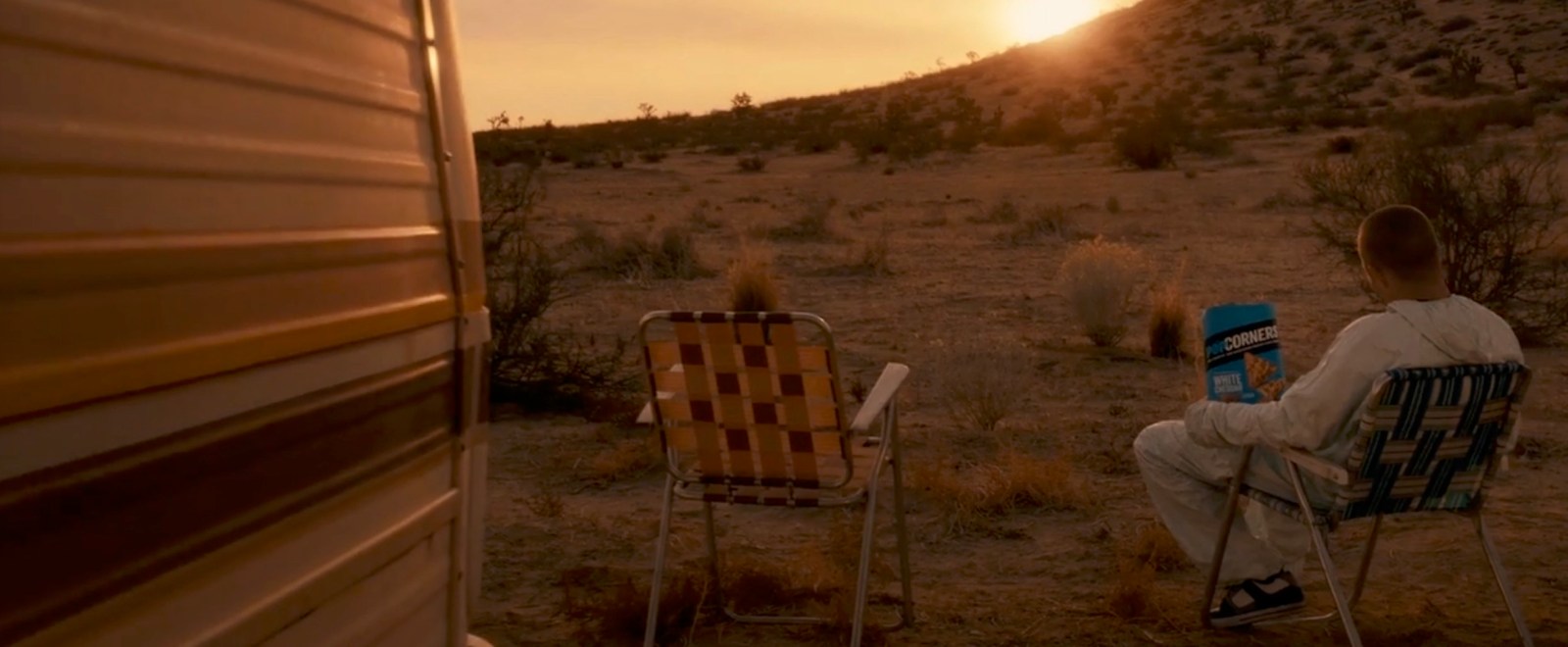

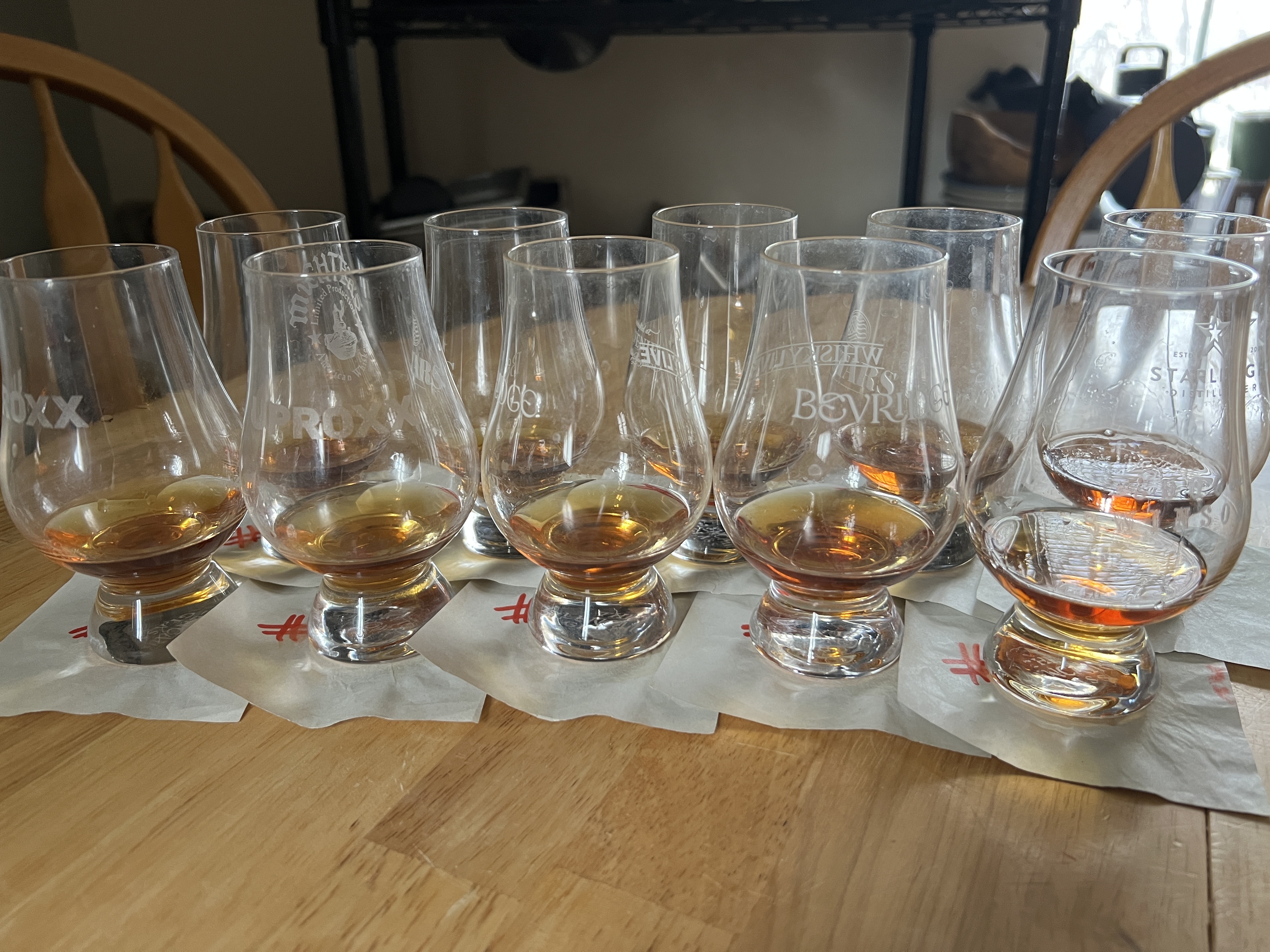











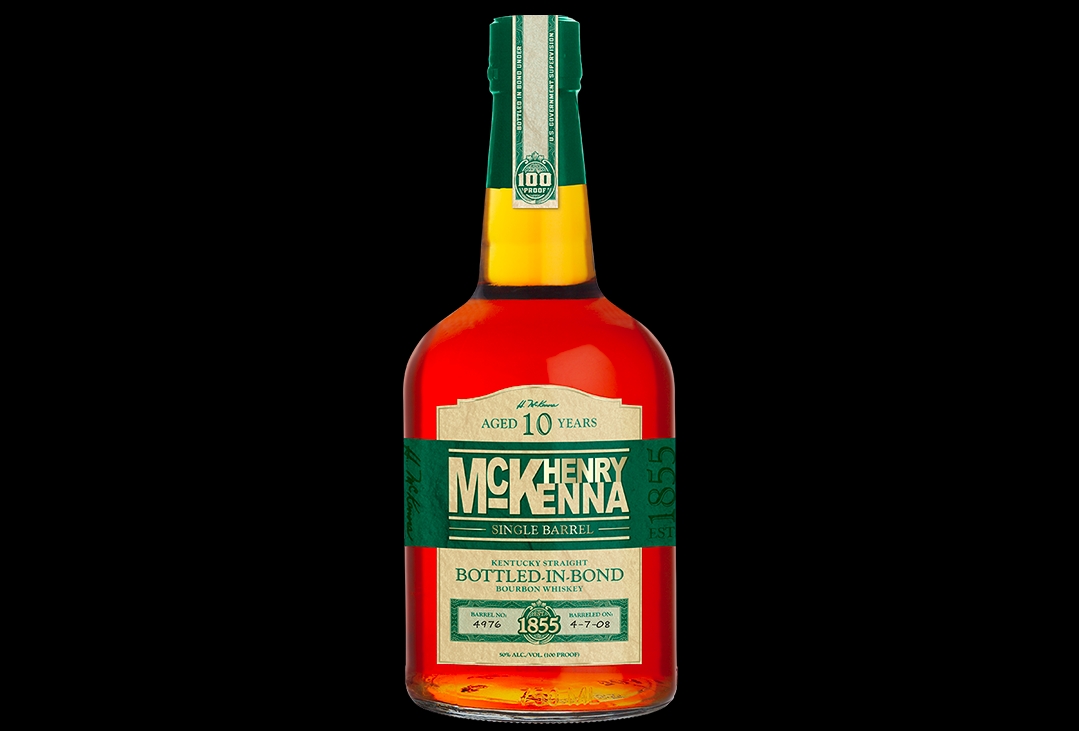
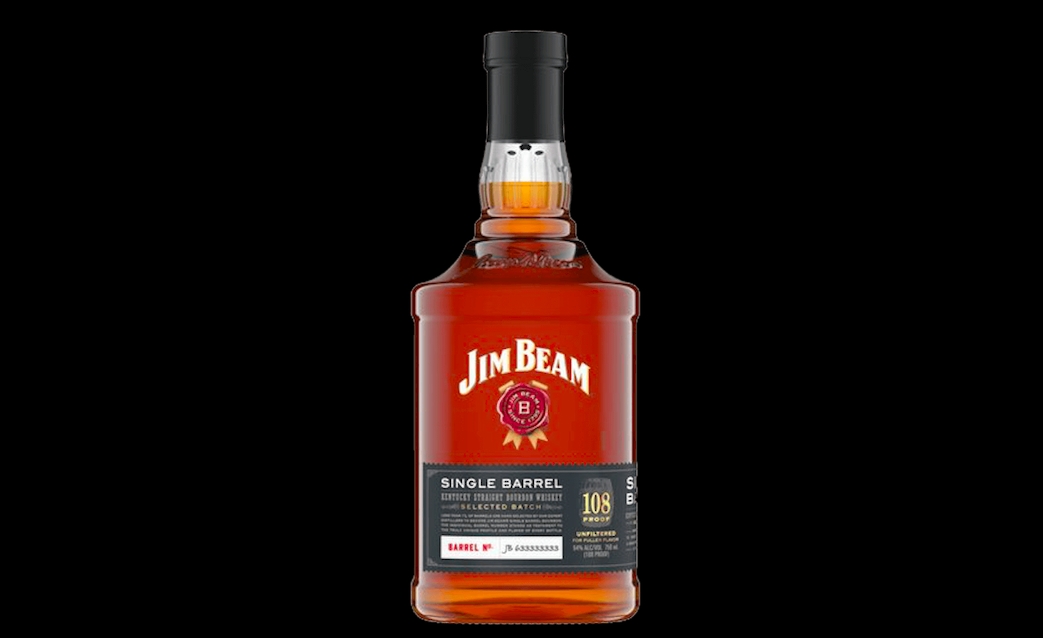
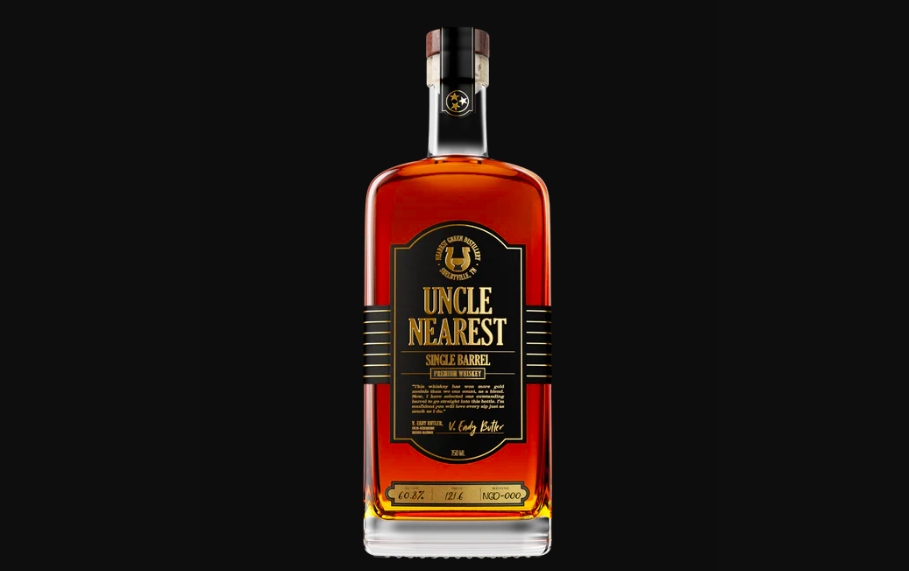
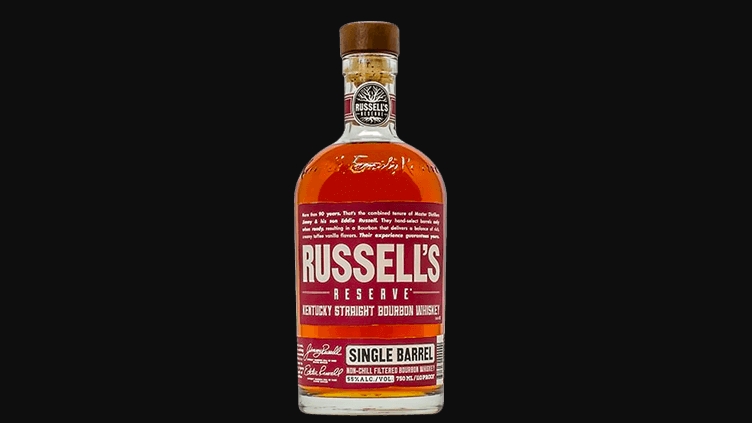
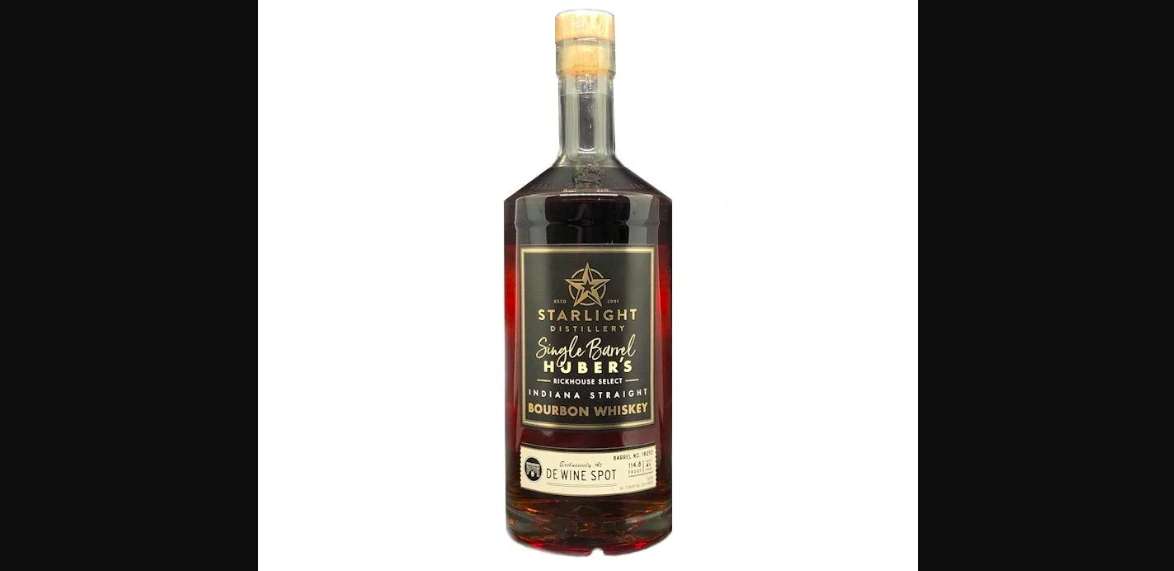
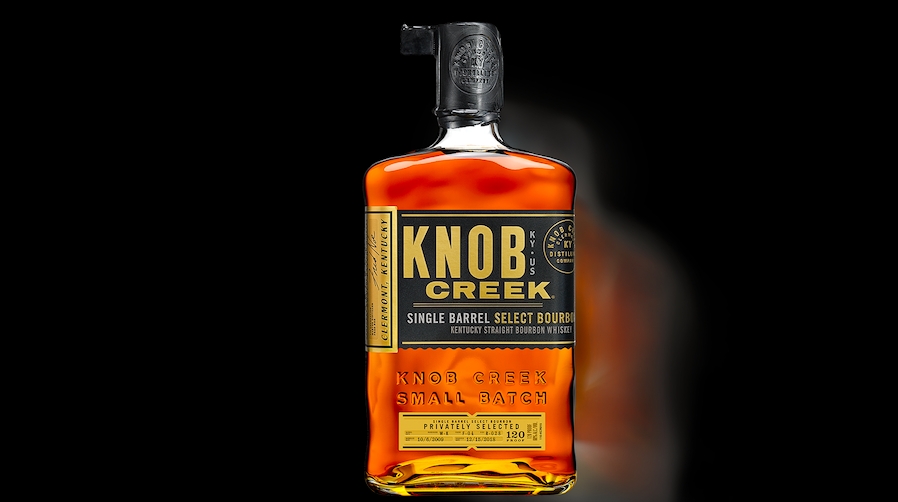
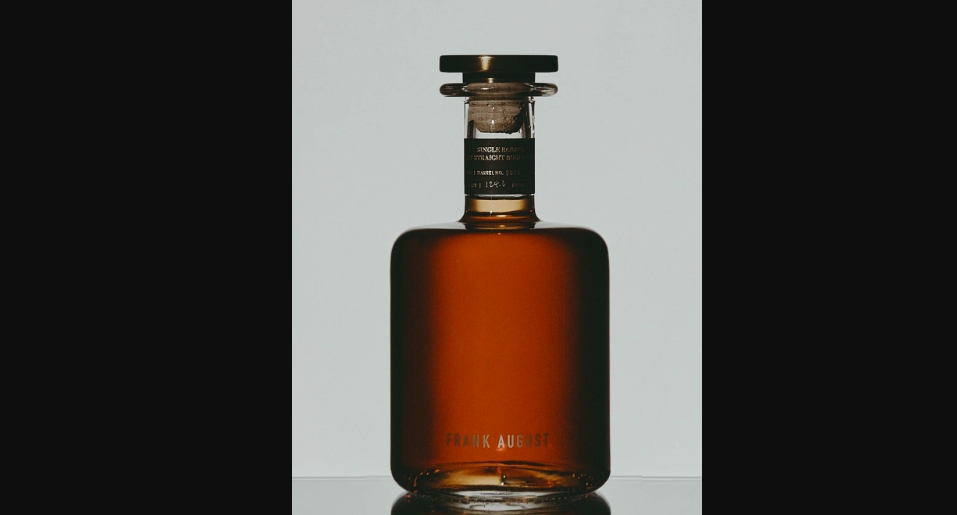
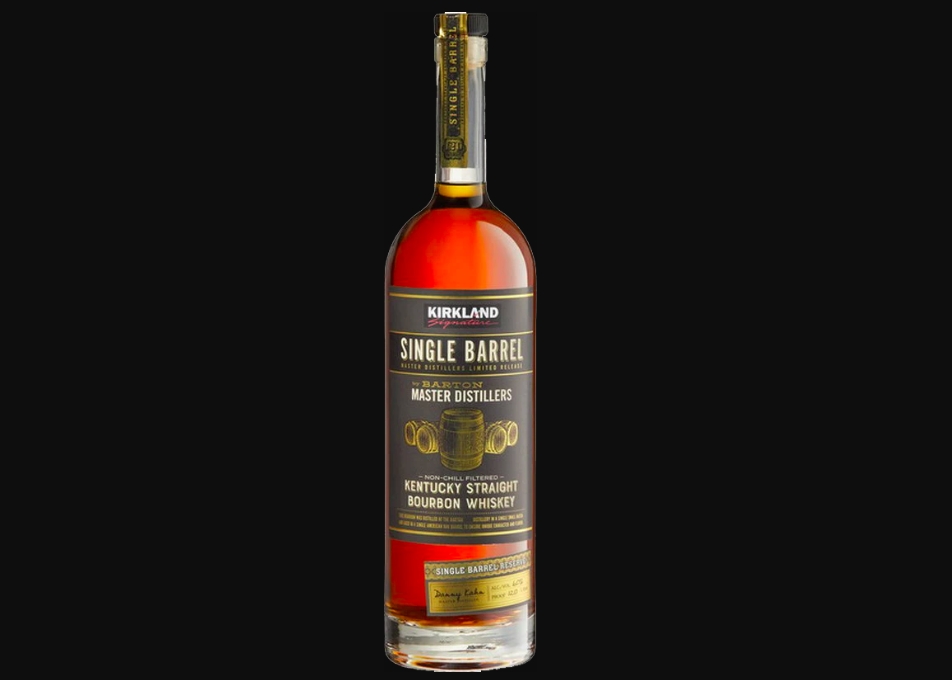
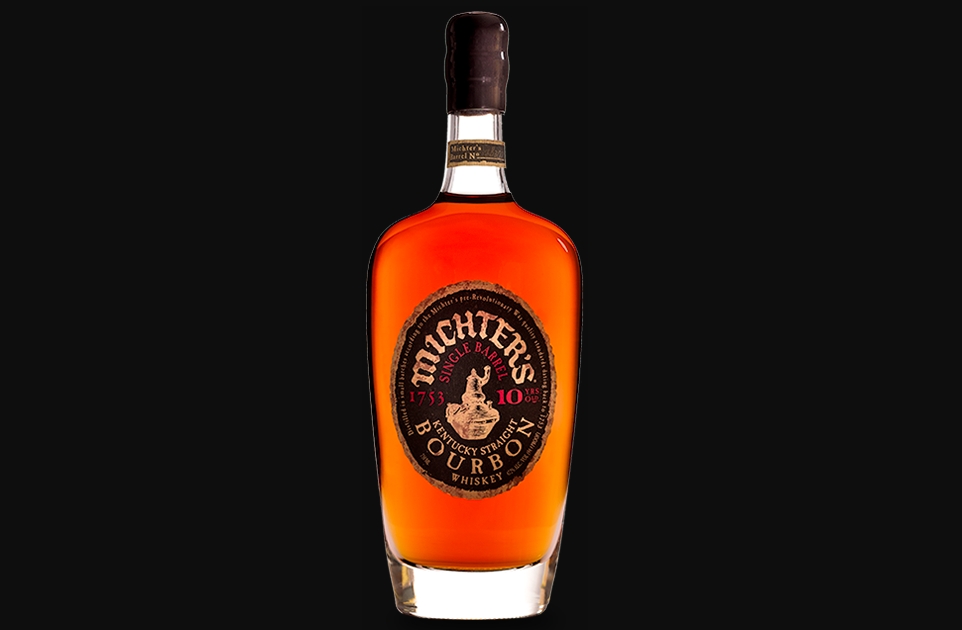
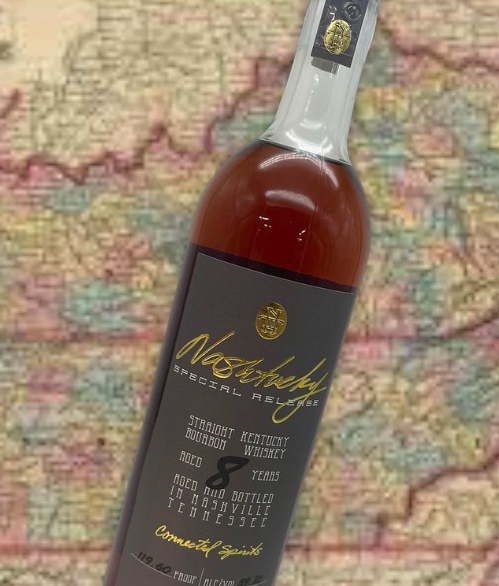
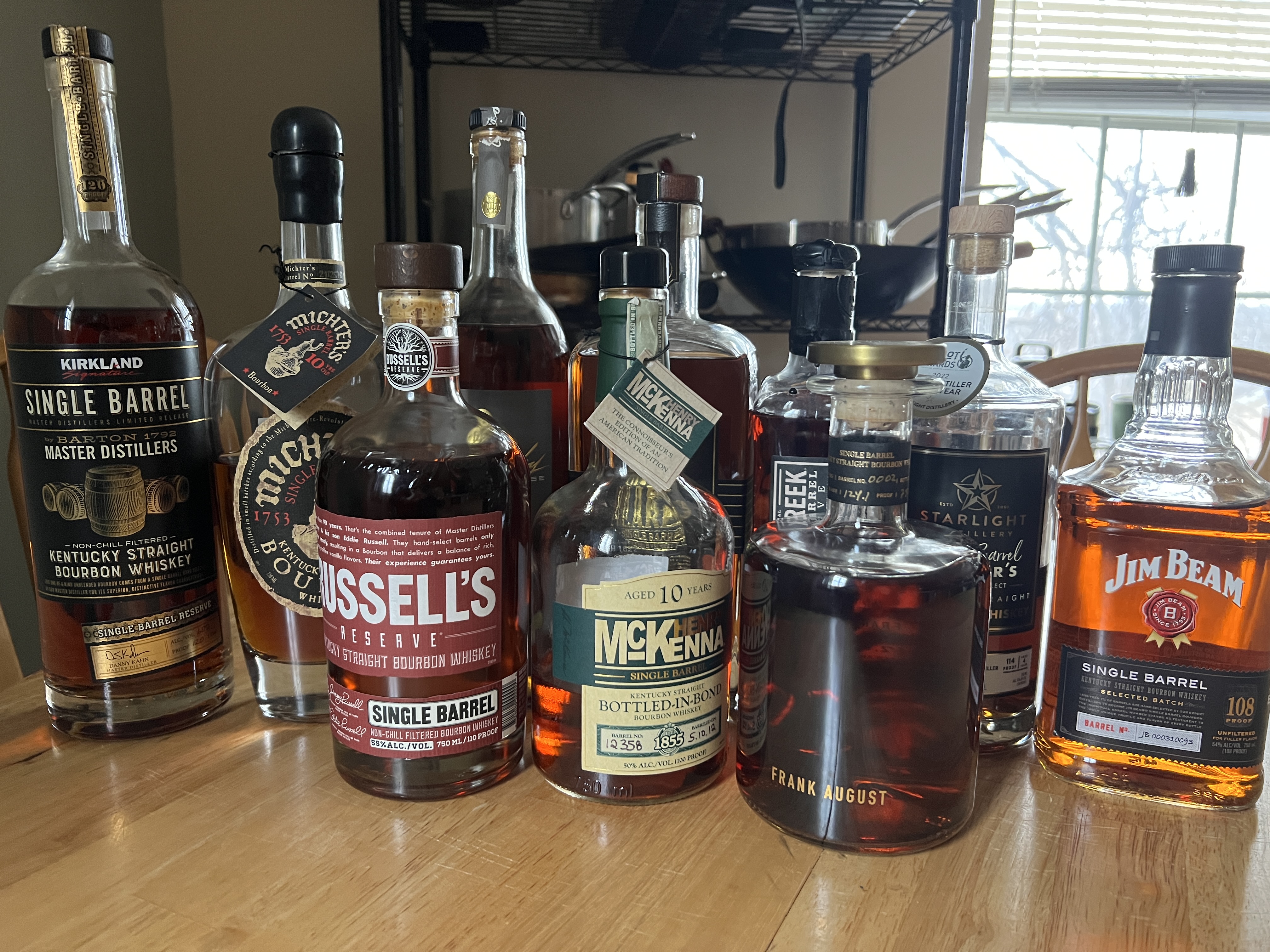
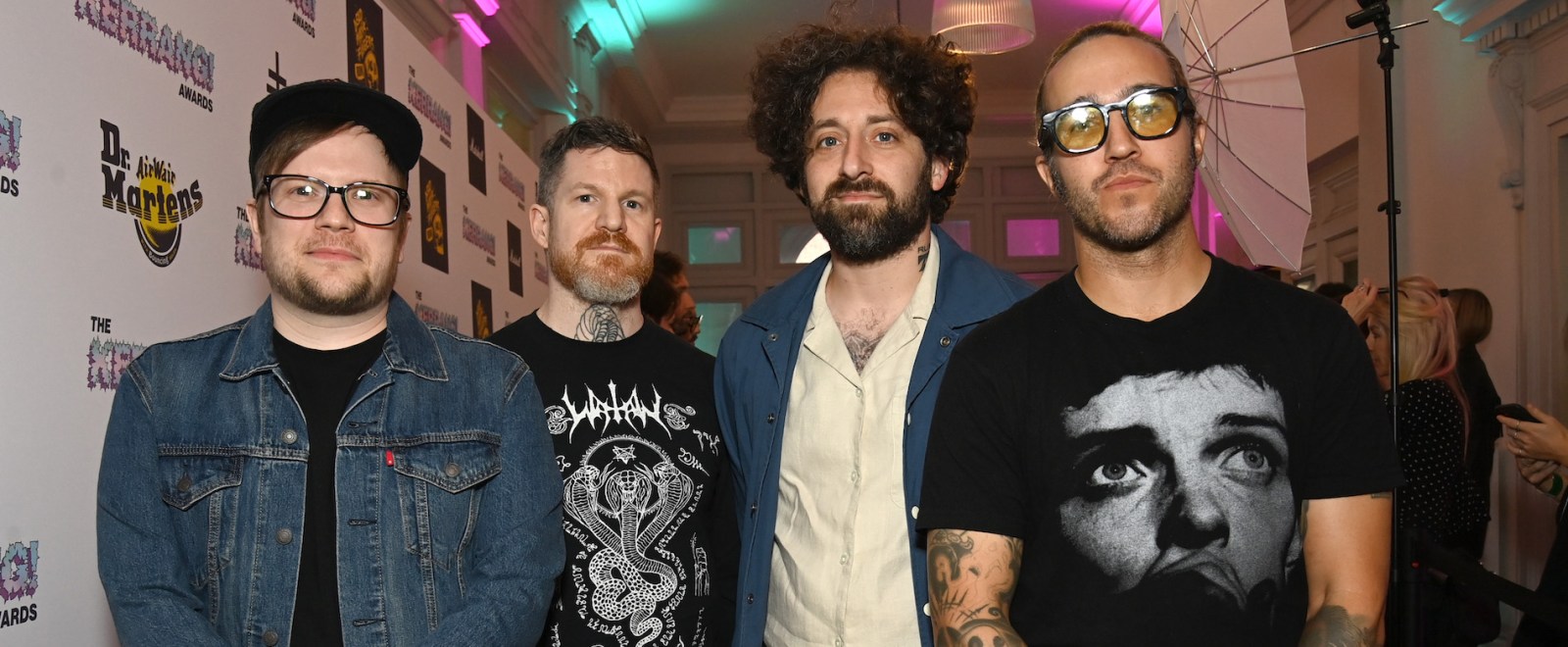

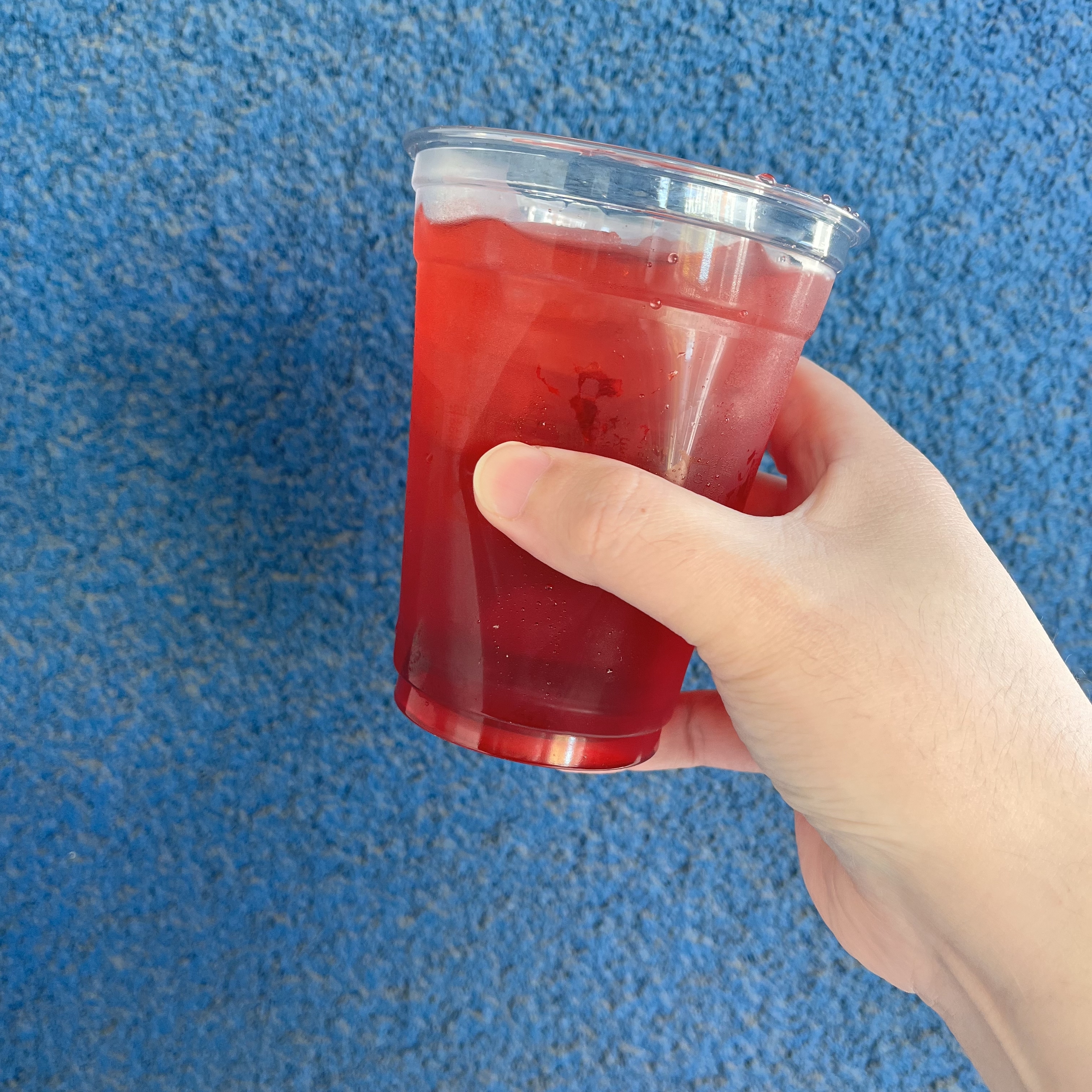
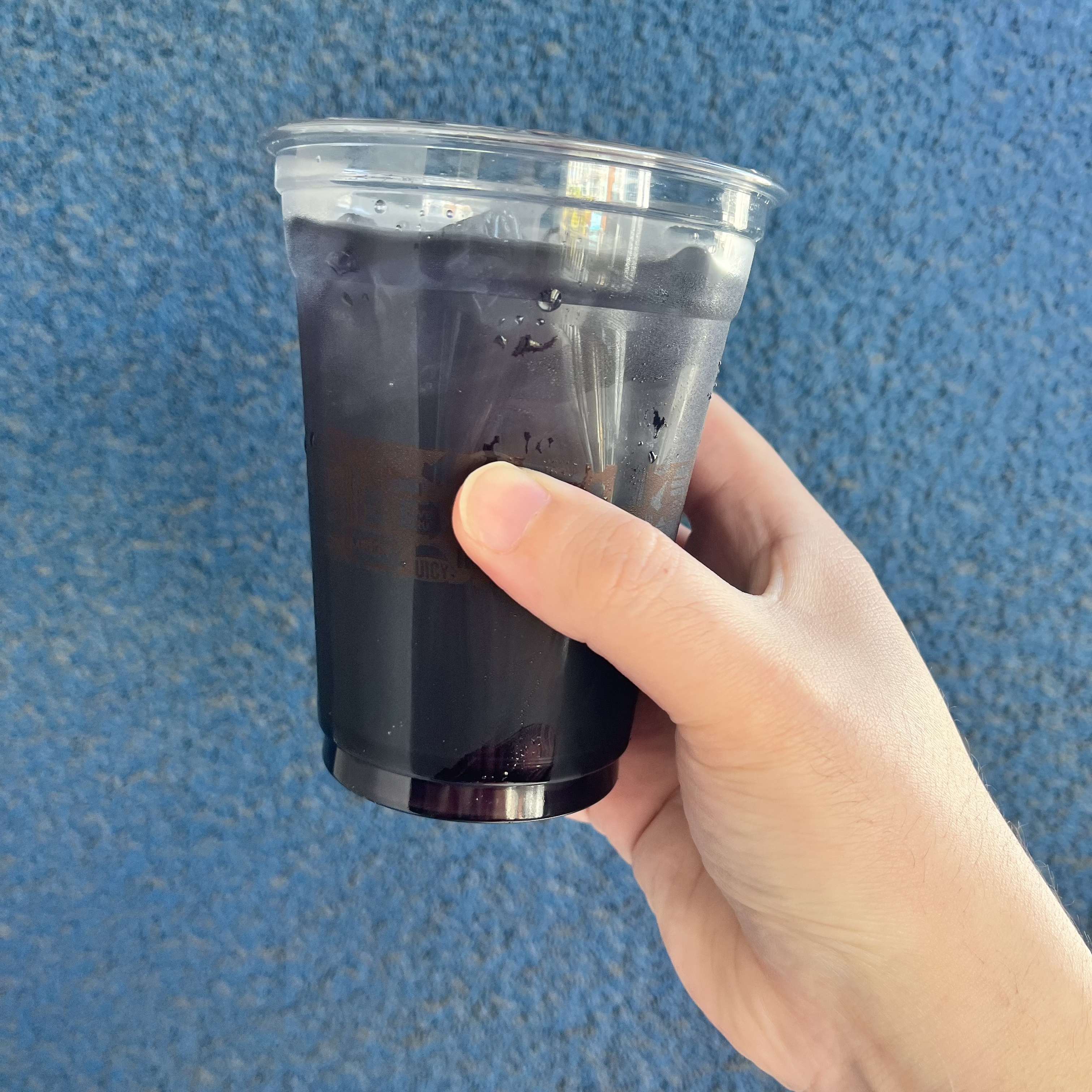
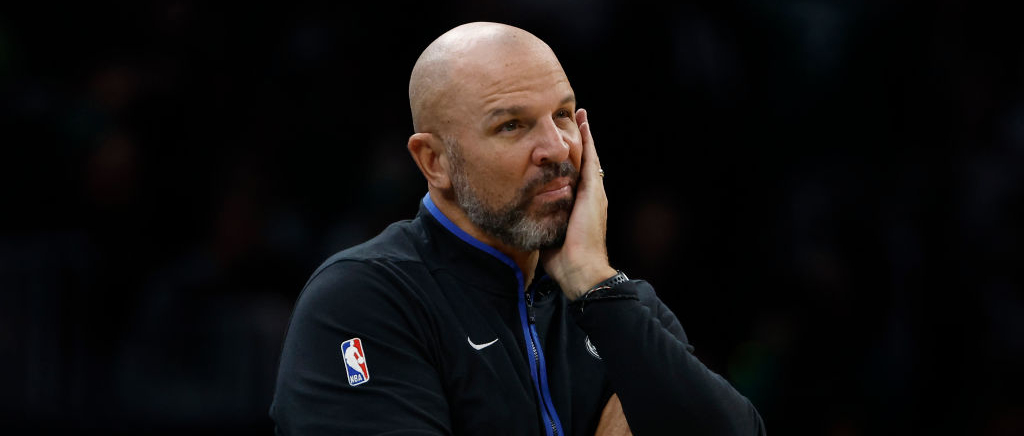
 :
: 
